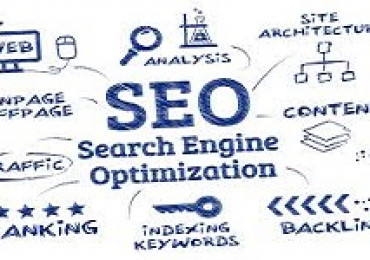
1. Definition:
- Google Ads: It is an advertising platform owned by Google that enables companies to create paid ads that appear on search results pages, websites, and various Google applications. These ads are displayed to users based on previously targeted keywords.
- SEO (Search Engine Optimization): It is a set of strategies used to improve the appearance of a website in natural or unpaid search results on search engines such as Google, by improving the site's content, structure, and keywords to make it more relevant to users' needs.
2. Features:
- Google Ads:
- Speed of results: Ads start appearing immediately after they are set up and activated.
- Pay per click (PPC): You pay when the user clicks on the ad.
- Precise targeting: The audience can be targeted based on location, age, interests, keywords, and more.
- Full control: It allows advertisers to control the daily budget, the times when ads appear, and the target audience.
- SEO:
- Optimizing natural results: It aims to improve the site to appear in natural search results without direct advertising costs.
- Requires time and effort: It takes several months to improve the site to get tangible results.
- Improve user experience: It is concerned with improving the site content and ease of browsing, which enhances the visitor experience.
- Continuous development: It needs to follow up on updates and new algorithms for search engines.
3. Advantages:
- Google Ads:
- Instant results.
- Flexibility in budget and control of ads.
- Ability to experiment and continuously improve through performance analysis.
- SEO:
- Lower cost in the long run.
- Higher credibility among users for the site to appear in the natural results.
- The effect continues for a long time after work on it stops.
4. Disadvantages:
- Google Ads:
- High cost in the long run, especially with high competition for keywords.
- Ads stop when the budget runs out.
- Users can avoid ads and trust the natural results more.
- SEO:
- It takes a long time to get results.
- It needs constant follow-up to improve the site and keep up with algorithm changes.
- Results are not always guaranteed due to constant changes in search engines.
5. Example:
- Google Ads: An online store selling smartphones launches an advertising campaign on Google Ads to target keywords such as "buy an iPhone", so ads appear immediately to users searching for this type of product.
- SEO: The same store works to improve its content, build strong external links, and improve site speeds to appear in the natural results when searching for "best store to buy smartphones".
Both Google Ads and SEO have their place and importance in the digital marketing strategy, and using them together can achieve impressive results and enhance the presence of businesses on the Internet.

11/09/2024

01/10/2024

19/09/2024

01/09/2024

05/09/2024

25/06/2024

30/08/2024

16/08/2024

26/08/2024

13/09/2024

26/08/2024

12/09/2024

11/09/2024

11/09/2024

14/09/2024